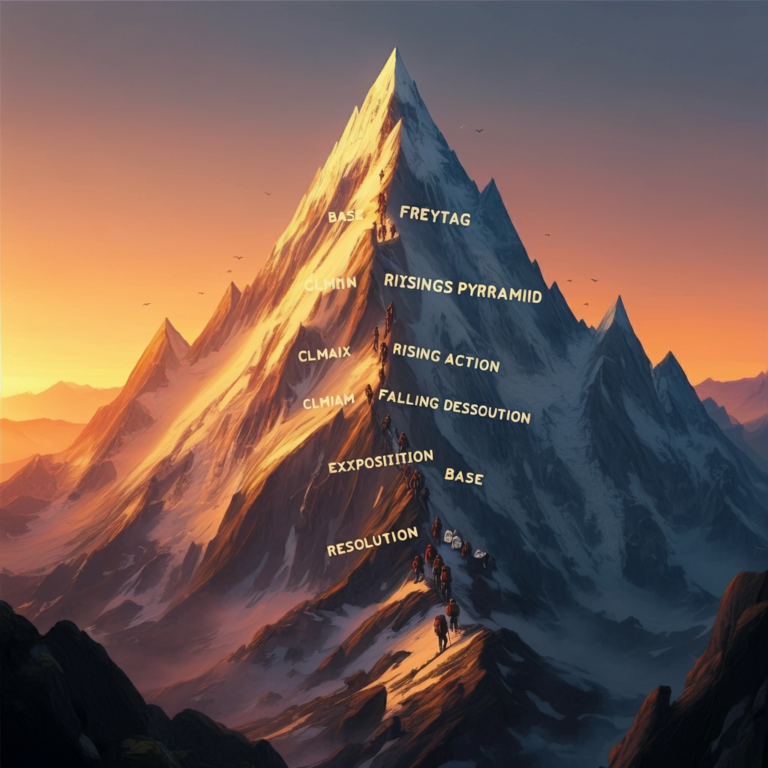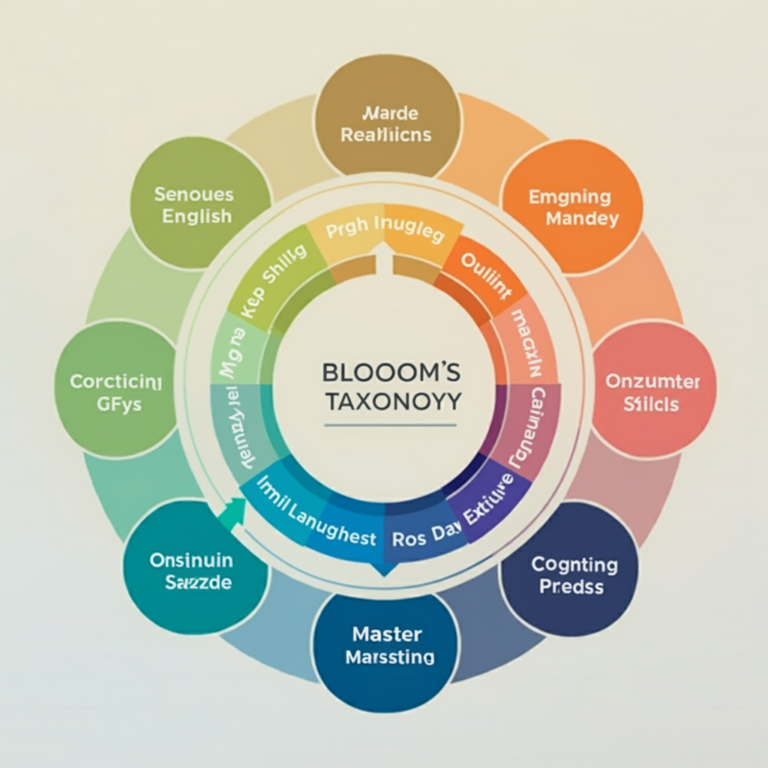Antonio Nelson’s 9 Steps for Story Writing
ONE-SENTENCE TAKEAWAY
Aspiring short story writers can use Antonio Nelson’s 9-step method to craft compelling stories by experimenting with different techniques.
IDEAS
Nelson’s 9 Steps for Story Writing are a good framework for writing short stories.
- The first step is to write about something that has happened to you.
- Real life experiences can be a good starting point for stories.
- You can change the details of your experiences to make them more interesting.
- Many famous short stories are based on the author’s own experiences.
- The second step is to write the same story from a different point of view.
- It is important to try different points of view to find the best way to tell the story.
- You can write a story from the point of view of an inanimate object.
- The third step is to create a ticking clock.
- A ticking clock is a countdown to a particular event.
- It creates tension and suspense in the story.
- The fourth step is to create props or objects.
- Objects can have symbolic meaning in stories.
- It is important to choose objects that are necessary for the story.
- The fifth step is to create a transitional situation.
- A transitional moment is a point in a character’s life when they are moving from one mode of existence to another.
- The sixth step is to add a world event.
- This helps the reader connect to the story.
- It can also be a good marketing tool.
- The seventh step is to add binary forces.
- This creates tension and conflict in the story.
- The eighth step is Frytag’s Pyramid.
- This is a way to structure a story’s plot.
- The ninth step is to experiment.
- This means trying something crazy or different.
INSIGHTS
- Nelson’s 9 Steps provide a solid framework for crafting short stories, but flexibility and experimentation are key to making them truly unique and engaging.
- By drawing on personal experiences, exploring diverse perspectives, and incorporating elements like ticking clocks and symbolic objects, writers can add depth and intrigue to their narratives.
- Transitional moments and world events can ground the story in a relatable context, while binary forces create compelling conflict and tension.
- While traditional plot structures like Frytag’s Pyramid can be helpful, writers should not be afraid to deviate from them and experiment with different narrative approaches.
- Ultimately, the most memorable short stories are those that surprise and resonate with readers through their originality and emotional impact.
QUOTES
- “So recently I stumbled upon this wonderful article in Tin House’s Writer’s Notebook 2.”
- “It was basically a schematic or a blueprint for how to put a short story together, even if you’ve never written one before, and it was kind of genius.”
- “The author was Antonio Nelson, who has published seven short story collections and also published in this very tiny little magazine you’ve probably never heard of, The New Yorker.”
- “So I figured, hey, this is somebody who I should really listen to about how to construct a short story.”
- “I started my career writing short stories, I published a collection of short stories with Press 53, and I’ve won some big short story contests too, like Shenandoah and Third Coast, and I got one published in the Chicago Tribune as well.”
HABITS
- John Fox reads literary magazines like Tin House to discover new writing techniques and inspiration.
- He analyzes the work of successful authors like Antonio Nelson to understand their methods.
- He tests out new writing techniques by applying them to his own work.
- He revisits his writing with a critical eye, editing and refining it over time.
- He seeks feedback on his work and uses it to improve.
FACTS
- Antonio Nelson has published seven short story collections.
- Alice Munro recently passed away.
- The TV show “Queen’s Gambit” was very popular.
- The TV show “The Bear” is about cooking.
- Hilary Mantel wrote a short story collection called “The Assassination of Margaret Thatcher.”
- There have been many stories about chess cheaters in recent years.
- Flannery O’Connor wrote a short story called “A Good Man is Hard to Find.”
- Joyce Carol Oates wrote a short story called “Where Are You Going, Where Have You Been?”
- Raymond Carver wrote a short story called “Cathedral.”
- John Updike wrote a short story called “A&P.”
- Jennifer Egan wrote a novel called “A Visit from the Goon Squad.”
- Jamaica Kincaid wrote a short story called “Girl.”
REFERENCES
- Tin House Writer’s Notebook 2
- Antonio Nelson
- The New Yorker
- Press 53
- Shenandoah
- Third Coast
- Chicago Tribune
- James Baldwin’s “Sonny’s Blues”
- Philip Roth’s “Goodbye, Columbus”
- Tim O’Brien’s “The Things They Carried”
- Alice Munro’s “Boys and Girls”
- Queen’s Gambit
- Jorge Luis Borges’s “The House of Asterion”
- Cinderella
- Run Lola Run
- The Bear
- Brokeback Mountain
- A Good Man is Hard to Find by Flannery O’Connor
- The Secret Life of Walter Mitty
- Minority Report
- Hilary Mantel’s The Assassination of Margaret Thatcher
- In Good Country People by Flannery O’Connor
- Where Are You Going, Where Have You Been? by Joyce Carol Oates
- Cathedral by Raymond Carver
- The Most Dangerous Game by Richard Connell
- Frytag’s Pyramid
- John Updike’s A&P
- A Visit from the Goon Squad by Jennifer Egan
- Girl by Jamaica Kincaid
RECOMMENDATIONS
- Read Antonio Nelson’s work to study her approach to short story writing.
- Write a story about something that has happened to you, no matter how small or insignificant it may seem.
- Experiment with different points of view to find the one that best suits your story.
- Create a ticking clock to add tension and suspense to your story.
- Choose objects that are meaningful to your characters and that play a significant role in the plot.
- Identify a transitional moment in your character’s life and use it as a turning point in your story.
- Incorporate a world event to ground your story in a specific time and place.
- Create binary forces to generate conflict and tension between your characters.
- Consider using Frytag’s Pyramid or the seven-point plot structure to shape your story’s plot.
- Don’t be afraid to experiment with different writing techniques and styles.
- Read widely in the short story genre to learn from other writers.
- Share your work with others and get feedback.
- Keep writing and don’t give up!





